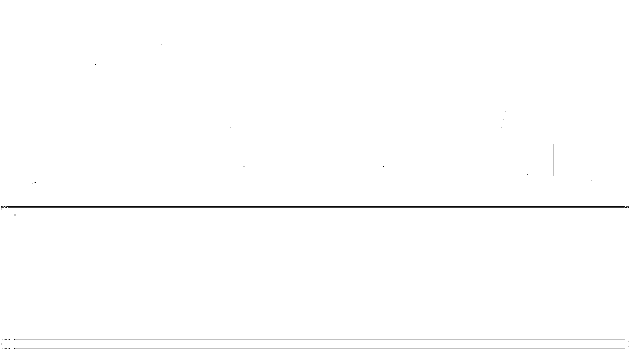Do I need a Booster System?
Water is provided by a water authority to a building via the nearest pumping station. The pressure can be measured from the nearest hydrant via a fire test. Pressure is measured at zero flow and at a measured maximum flow. The pressure provided to the building may or may not be able to allow adequate flow and pressure to the highest fixture within the building. We can determine the height the water will be lifted based on the hydrant test pressure at zero flow. We use the observation that 1 Psig will lift a column of water 2.31 feet. Based on this observation if the height of a building(plus the pressure at the highest fixture) exceeds the pressure provided to the building, the pressure is not adequate to provide water to the higher floors, in this case a booster system is needed.

How much “boost” do I really need?
Booster systems are sized based on the number and type of fixtures in the building. Each fixture has a diversified design flow. The total flow required for all fixtures designates the system flow. The boosted pressure is determined based on the pressure required at the highest fixture in the building, the height of the building and friction losses through piping and fittings leading to that fixture. This is called the system pressure.
Booster systems are designed using pumps, a control panel and pressure sensors to start and stop the pumps to achieve the desired system pressure. The system pressure equals the suction pressure provided to the booster plus the boosted pressure provided by the booster system.
The suction pressure provided to the booster equals the fire hydrant test pressure at zero flow minus friction losses through the water meter and a backflow preventer prior to the booster. In addition, any fittings after the back flow preventer and before the booster must be considered to determine the suction pressure at the booster. The booster delivers the system pressure to the building, but if the boosted pressure exceeds 80 Psig, then pressure regulating valves are used to protect the buildings fixtures from over pressurization.
Not all buildings require a booster system. Shorter buildings with high hydrant test pressures may not require a booster system. Each building’s design should be evaluated based on actual water pressure provided and building fixture pressure requirements and elevation to determine if a booster is needed.

